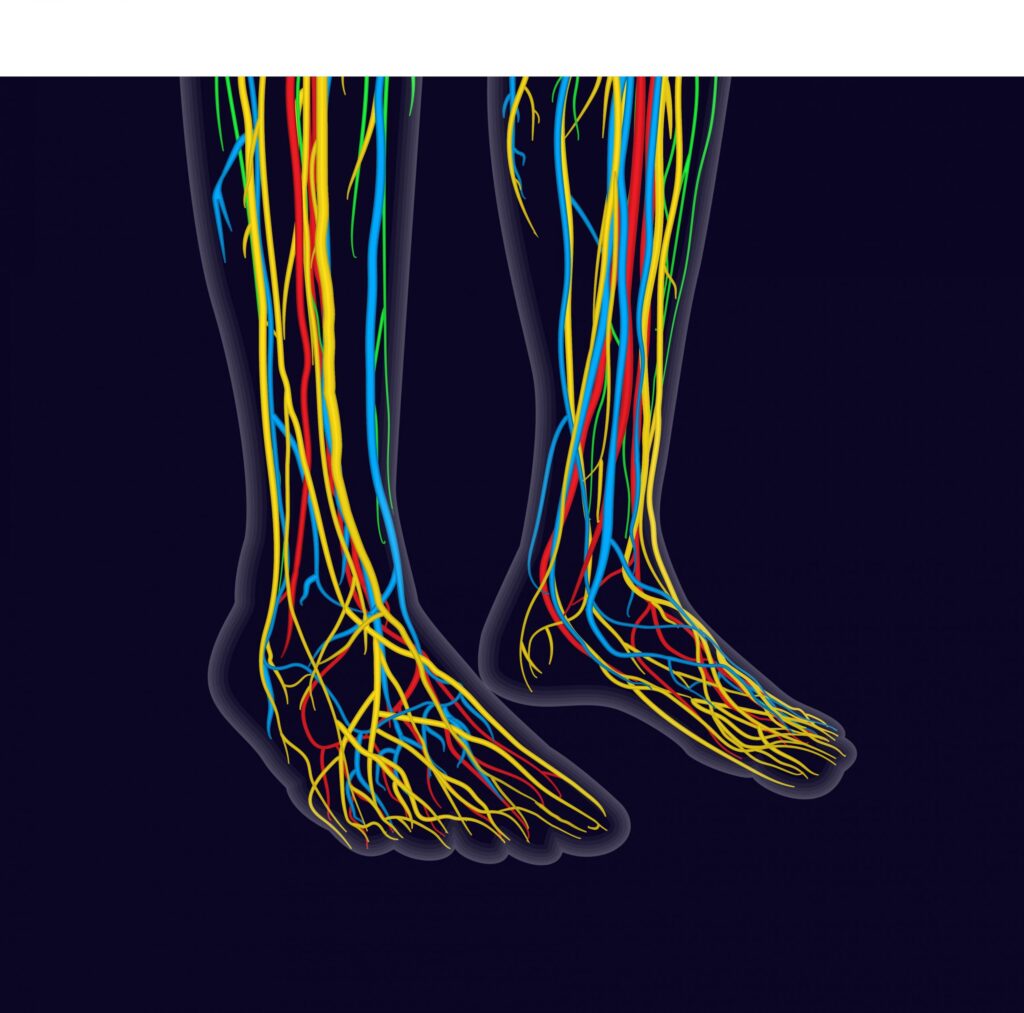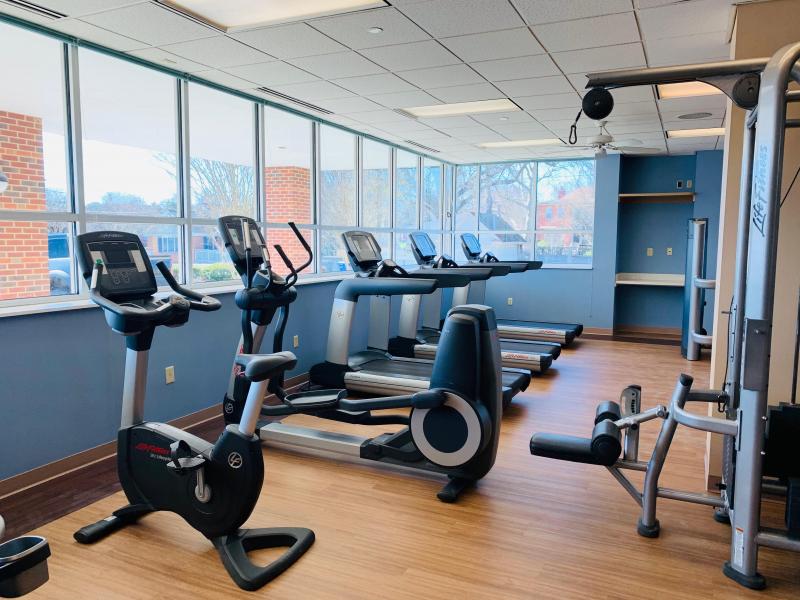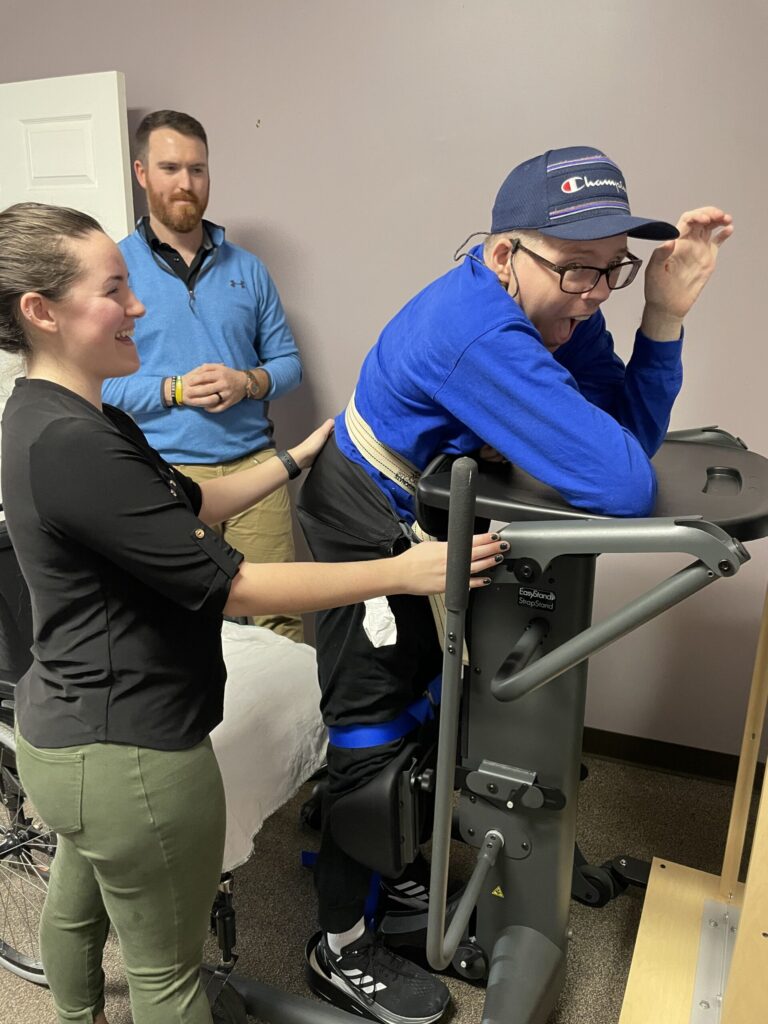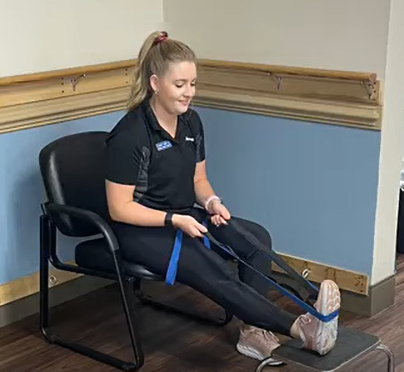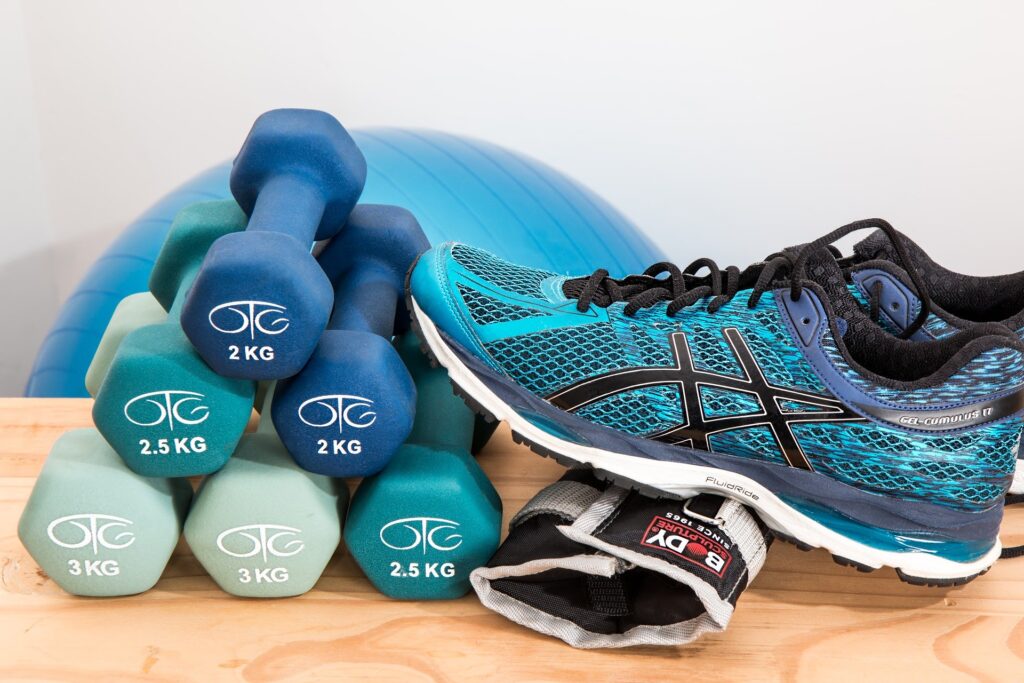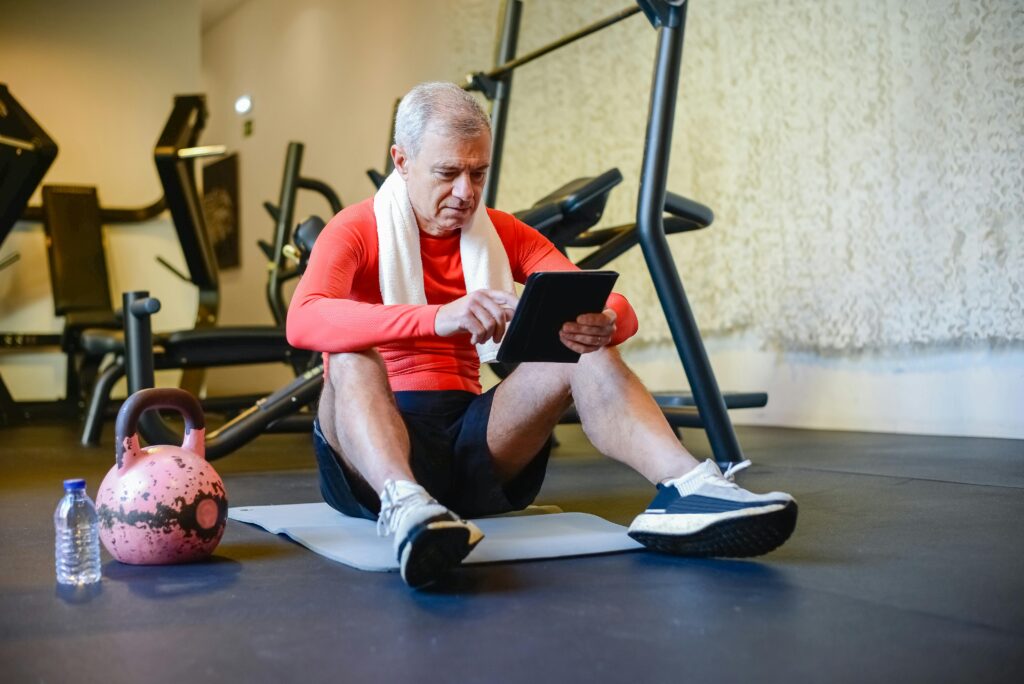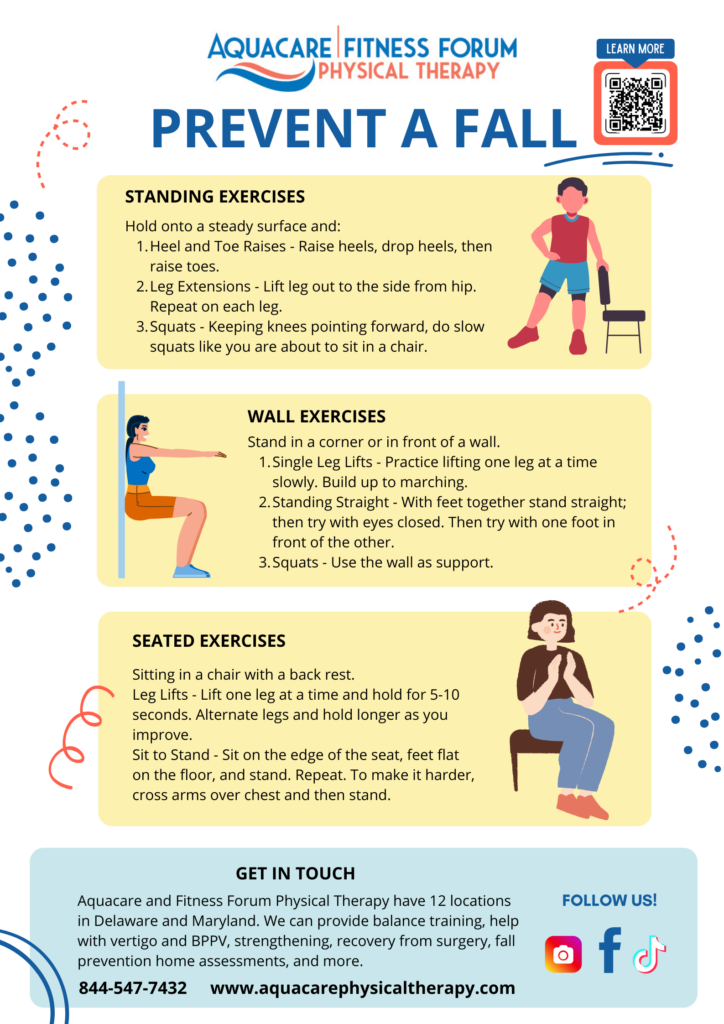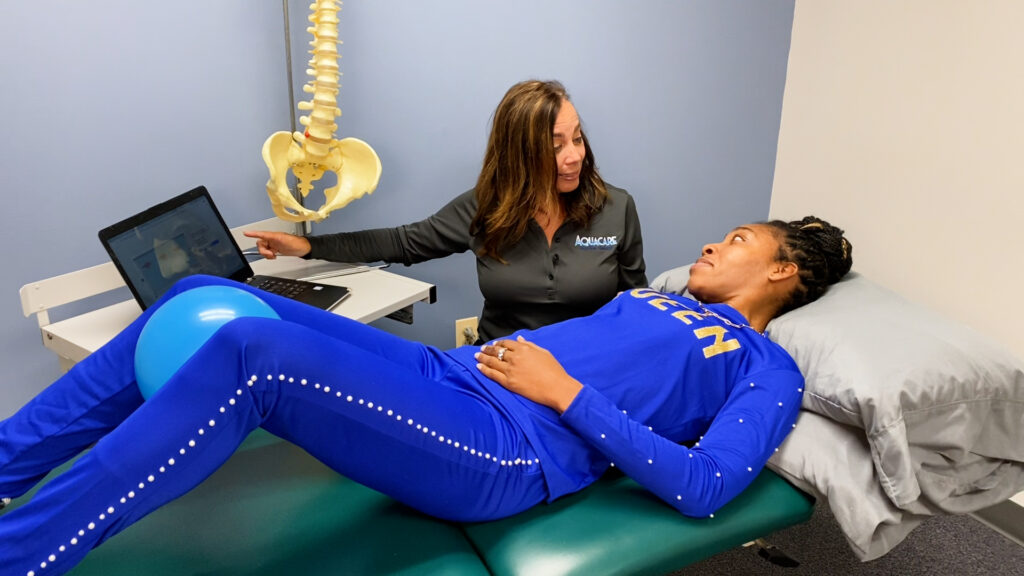
How Physical Therapy Can Help With Diabetes

Did you know?
- Diabetes affects about 30.3 million Americans or about 9.4 percent of the U.S. population.
- Nearly 1 in 4 adults living with diabetes, or 7.2 million Americans, are unaware that they have the disease.
- Another 84 million Americans have prediabetes, a condition in which blood glucose levels are higher than normal, but not high enough to be diagnosed as diabetes.
- Nin out of 10 adults with prediabetes don’t know they have it.
What is diabetes?
Diabetes is a disease that occurs when your blood glucose, also called blood sugar, is too high. Blood glucose is your main source of energy and comes from the food you eat. Insulin, a hormone made by thepancreas, helps glucose from food get into your cells to be used for energy. Sometimes your body doesn’t make enough—or any—insulin or doesn’t use insulin well. Glucose then stays in your blood and doesn’t reach your cells.
What Problems Does Diabetes Cause?
Over time, high blood glucose leads to problems such as
- heart disease
- stroke
- kidney disease
- eye problems
- dental disease
- nerve damage
- foot problems
How Can Physical Therapy Help Diabetes?
You can take steps to lower your chances of developing these diabetes-related health problems. Although diabetes has no cure there are ways to manage your symptoms and avoid further health related issues. One way to manage your symptoms is by seeking the help of a Physical Therapist!
Physical therapists help people with diabetes participate in safe, effective exercise programs to improve their ability to move, perform daily activities, reduce their pain, and possibly lower their blood glucose levels. Physical therapy treatments also can help people with diabetes heal any associated skin problems faster than they would without treatment. They can also help with the following:
Motion. Your physical therapist will choose specific activities and treatments to help restore normal movement. These might begin with “passive” motions that the physical therapist performs for you to gently move your joints, and progress to “active” exercises and stretches that you do yourself.
Strength. Your physical therapist will choose and teach you the correct exercises and equipment to use to steadily and safely restore your strength.
Flexibility. Your physical therapist will determine if any muscles are tight, begin to help you gently stretch them, and teach you stretches that you can do yourself.
Endurance. Regaining your endurance is important. If you are suffering from weakness due to inactivity, your physical therapist will teach you exercises to improve endurance, so you can return to your normal activities.
Balance and coordination. Regaining your sense of balance is important in order to prevent falling. Your physical therapist will teach you exercises to improve your balance ability. Coordination is also essential for daily and work activities. Your physical therapist can teach you exercises and movements that restore your coordination.
Walking ability. Your physical therapist can improve your walking ability and comfort by adjusting and refitting your shoes, or by adding shoe inserts or orthotics that support your feet and ankles. Your physical therapist can teach you to use support equipment, such as walkers and canes, to help you walk safely.
Pain levels. Physical therapy treatment is a safe way to treat chronic pain. Your physical therapist may use different types of treatments and technologies and choose the most effective and safe exercises for you to perform to control and reduce pain. If you have diabetic nerve pain (neuropathy), your physical therapist can teach you how to protect painful areas and make them less sensitive.
CALL US TODAY FOR AN APPOINTMENT WITH ONE OF OUR EXPERIENCED PHYSICAL THERAPISTS!
Written by Tessa Doughty PTA/Clinical Director Salisbury Office.


